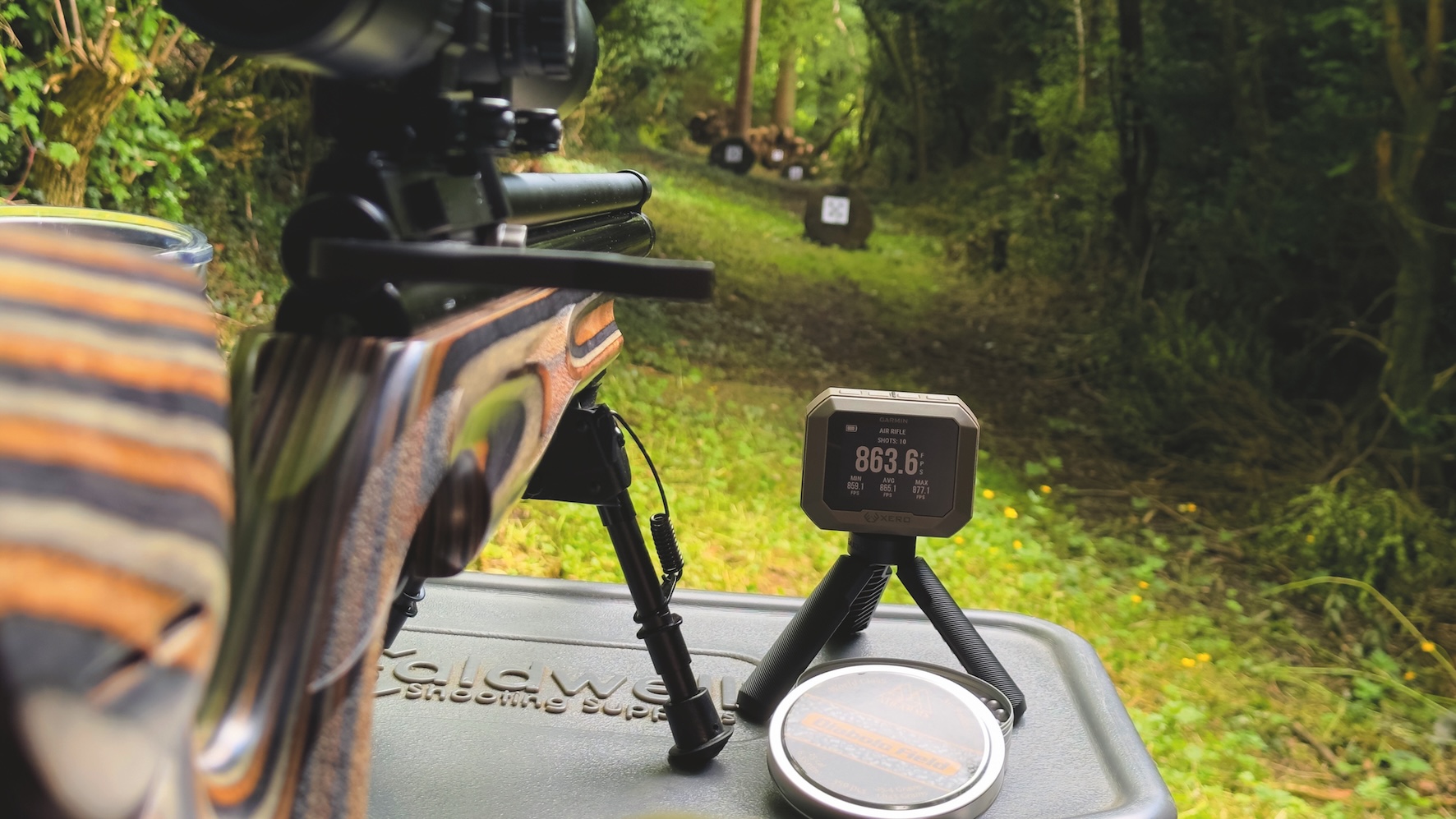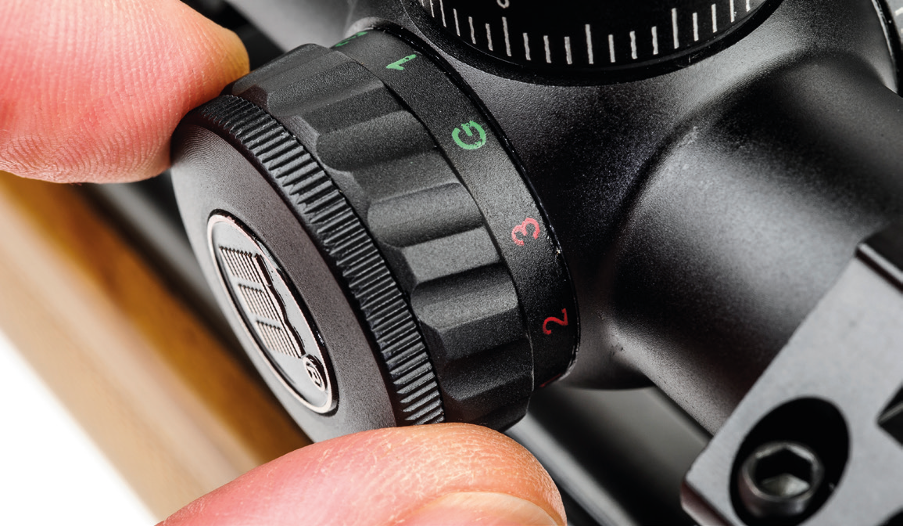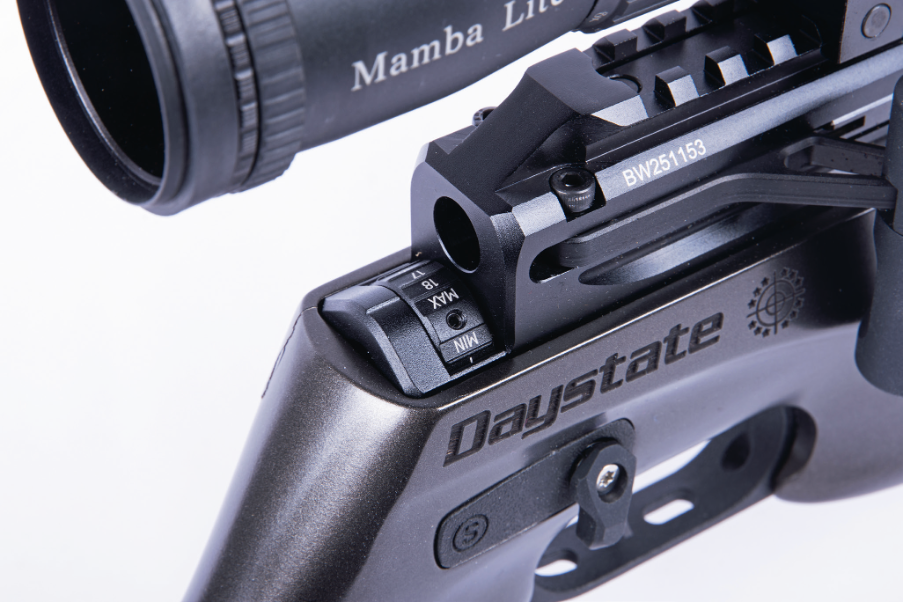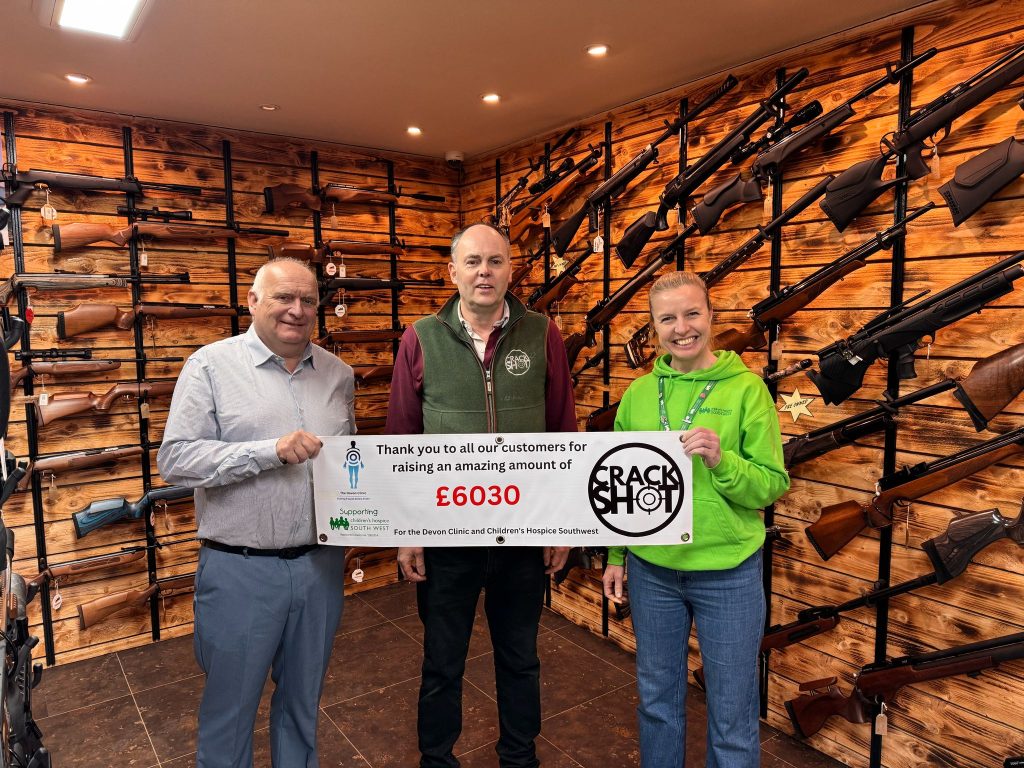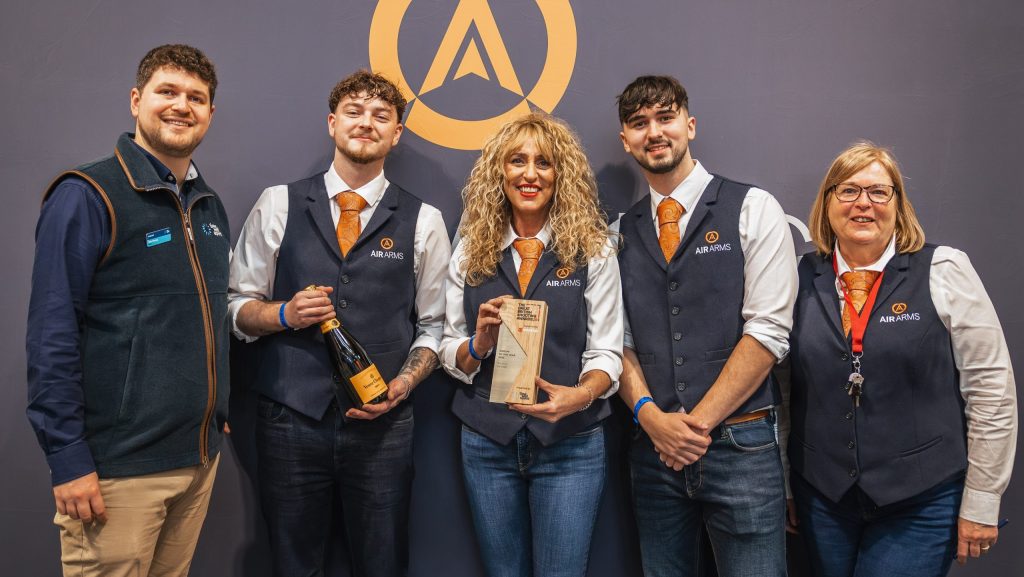News
Getting to grips with a pistol
Would you like to appear on our site? We offer sponsored articles and advertising to put you in front of our readers. Find out more.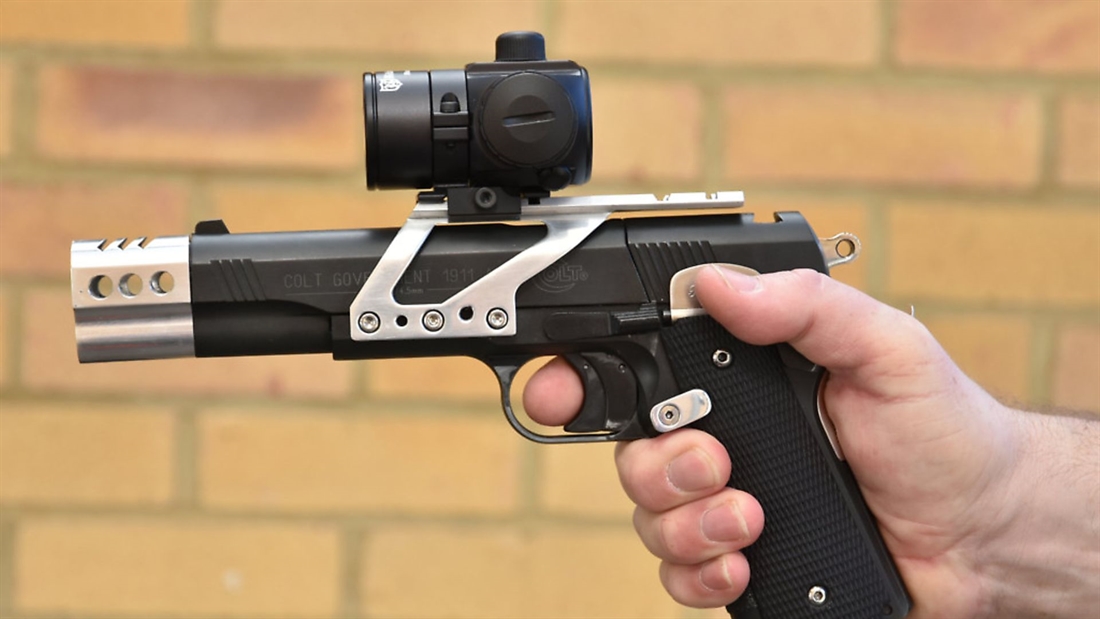
The editor lets us into the world of grip and delivery
A reader wrote to me recently and asked what I meant by my ‘two-handed combat grip’. It’s all too easy to forget that things which seem every day to some people might be a complete mystery to others, and as a long-term pistol shooter, perhaps my words were confusing. Many powder-burning handguns develop significant recoil and when used in competitions that value speed, this needs to be managed. Luckily for us, those same techniques work just as well for Co2 and spring-powered pistols.
It’s a shame that many people take their techniques from the awful use of pistols they’ve seen in movies, such as the early James Bond films and their like. The strong hand (trigger hand) might be on the pistol grip, but the weak hand often cupped the bottom of the frame, or worse still, gripped the wrist of the strong hand. Neither of these ridiculous positions offers any support to the pistol at all
The techniques shown in some of today’s movies are better, and the actors have clearly taken some professional tuition, but we’ve all seen 58 shots taken by a revolver that actually held six bullets, and other cinematographic nonsense like hitting a man on a galloping horse at 100 yards with a pistol. The grip and stance film stars display show all too clearly that they have not the least idea about guns, but of course, that’s not why they’re employed. They might be good-looking and charismatic, but they’d be the lowest scoring entrant in any competition.
What does it take?
So, what does it take to hold and shoot a pistol well? Let’s take one of the all-time classic, semi-automatic handguns to demonstrate – the Colt 1911. Firstly, the web between your index finger and thumb should go fully into the ‘beaver tail’ just as high as it can, and the middle finger should be fully against the bottom of the trigger guard. The thumb points along the side of the frame toward the target, with only modest pressure against the frame.
Next, the index finger should naturally apply its pad to the trigger blade. Do not reach through the trigger guard so that the joint of the finger touches the blade, nor use the tip of the finger. The grip should be firm but not tight. Tension in the strong hand will transmit to the trigger finger, reducing fine control. Pistols do not contact our shoulder, so they lack the stability that makes rifles much easier to shoot, and a pistol is light compared to a rifle, so is naturally easier to wobble off aim. Worse still, the movement of the muscles that control your trigger finger will always affect your aim, which is why good technique and a high-quality trigger make such a difference.
The two-handed combat hold uses the weak hand to lock down the strong hand, and completely transforms our ability to hit the target. The photographs will explain better than words, but the fingers of the weak hand wrap around the strong hand enclosing them with as much contact as possible. The thumb of the weak hand sits under the thumb of the strong hand, again pointing at the target, delivering yet more contact with the gun and the other hand.
Full contact
With so much contact, even light pressure delivers a huge increase in stability which is always positive. Using lots of grip pressure works against a stable and relaxed shot release, so ‘firm but relaxed’ is the way forward. Getting this hold correct from a fast draw takes a huge amount of practice, but is well worth the effort.
Once you have this perfected, it will become easier to control the trigger and there’s more you can do in that area. In your perfect hold, place your sights on the target and squeeze the trigger gently, feeling and seeing all the movements as the shot releases. Try again, but this time subtly try to isolate the muscles that control the trigger finger from the rest of the hand. It takes some concentration, but over time you’ll find a solid grip and a steady hold can be separated from the trigger action and your group sizes will reduce. Once drilled into your subconscious, the benefits will show even at full speed.
Correct practice
Like all technique-based sports, regular CORRECT practice will pay dividends that will make you smile. I emphasise correct practice because sloppy practice is almost as bad as no practice at all. Start slowly with precise, deliberate shots and only when they all land on target start to build up your speed. If your accuracy falls off, go back and start again with proper technique until the accuracy recovers.
The satisfaction of shooting a handgun well is something all airgunners should feel, and it’s a skill to be proud of; Co2 pistols are inexpensive and ideal for back garden shooting, so why not give it a try? Perhaps you could show Mr Bond how it’s really done.
__________________________________________________
Are you shooting from the right range?
Related articles
News
Crackshot raises over £6,000 for Devon charities
Crackshot Airgun Centre in Newton Abbot raises £6,000 for The Devon Clinic and Children’s Hospice South West through a charity raffle celebrating its 10th anniversary.
By Time Well Spent
News
And the award goes to...
Hundreds were nominated, over 50,000 votes were cast, and now it’s time to reveal who won what at the Great British Shooting Awards
By Time Well Spent
Manage Consent
To provide the best experiences, we use technologies like cookies to store and/or access device information. Consenting to these technologies will allow us to process data such as browsing behavior or unique IDs on this site. Not consenting or withdrawing consent, may adversely affect certain features and functions.
Functional Always active
The technical storage or access is strictly necessary for the legitimate purpose of enabling the use of a specific service explicitly requested by the subscriber or user, or for the sole purpose of carrying out the transmission of a communication over an electronic communications network.
Preferences
The technical storage or access is necessary for the legitimate purpose of storing preferences that are not requested by the subscriber or user.
Statistics
The technical storage or access that is used exclusively for statistical purposes.
The technical storage or access that is used exclusively for anonymous statistical purposes. Without a subpoena, voluntary compliance on the part of your Internet Service Provider, or additional records from a third party, information stored or retrieved for this purpose alone cannot usually be used to identify you.
Marketing
The technical storage or access is required to create user profiles to send advertising, or to track the user on a website or across several websites for similar marketing purposes.

